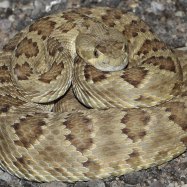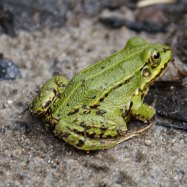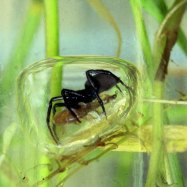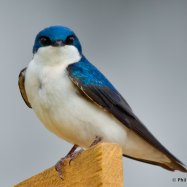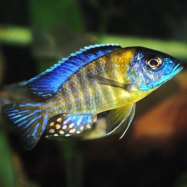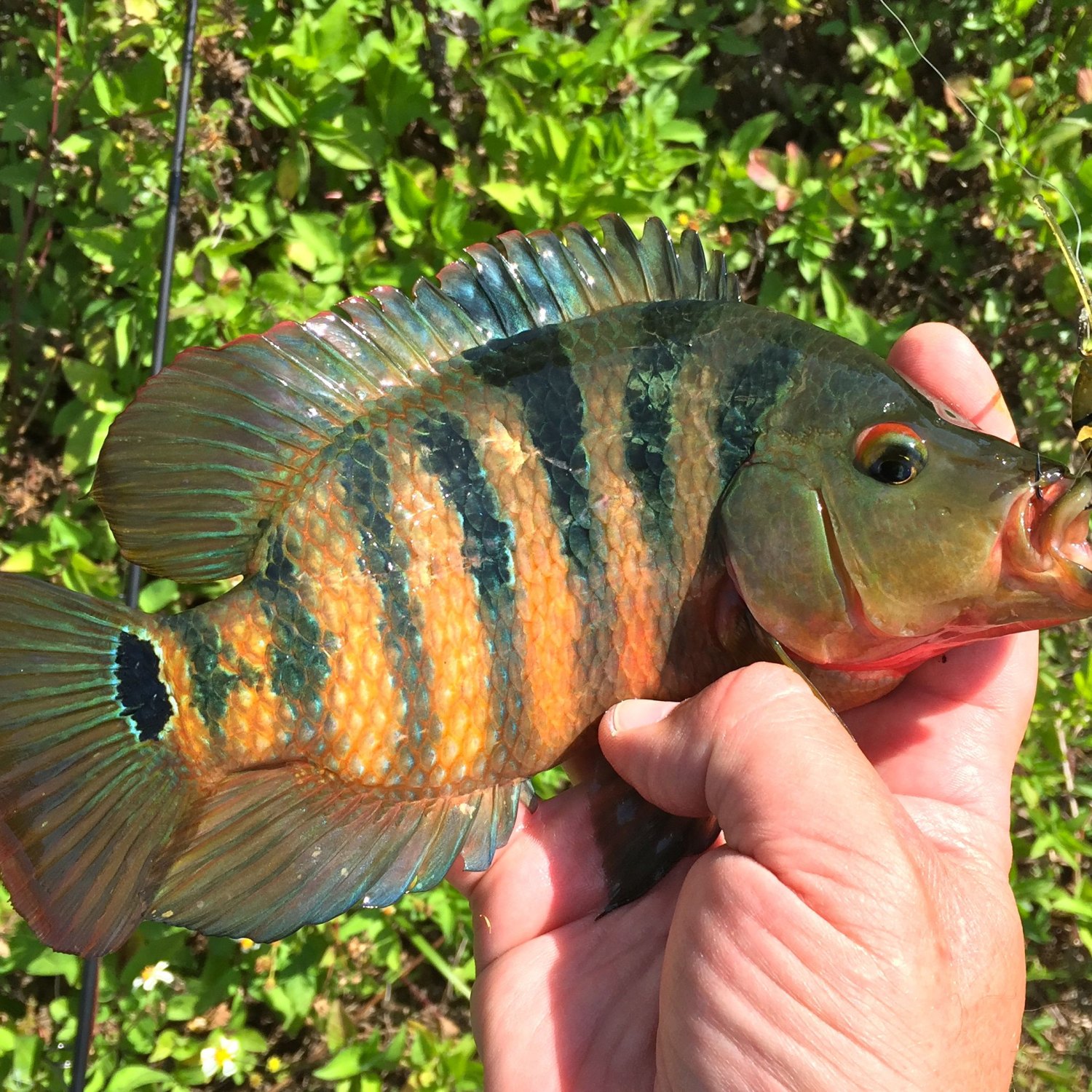
Mayan Cichlid
Up to 30 cm (12 in)
Mayan Cichlids are popular aquarium fish known for their vibrant colors and aggressive behavior. They can grow up to 30 cm (12 in) in length and are commonly found in lakes, rivers, and canals. Belonging to the Cichlidae family, these fish have a compressed and deep-bodied shape, making them excellent swimmers. Keep them with caution as they may dominate other fish in the tank.
Animal Details Summary:
Common Name: Mayan cichlid
Kingdom: Animalia
Habitat: Freshwater
The Colorful Mayan Cichlid: A Vibrant Addition to Your Aquarium
Do you love adding vibrancy and life to your aquarium? Are you always on the lookout for unique and colorful fish to add to your collection? Look no further, as the Mayan cichlid might just be the perfect addition you've been searching for.The Mayan cichlid, scientifically known as 'Mayaheros urophthalmus' or the 'Mexican mojarra', is a freshwater fish native to the tropical regions of Central America. It is a popular aquarium fish known for its stunning coloration, energetic behavior, and easy care requirements.
In this article, we'll take a deeper dive into the fascinating world of Mayan cichlids, exploring its characteristics, behavior, habitat, and everything else you need to know before adding one to your aquarium Mayan Cichlid.
About the Mayan Cichlid
The Mayan cichlid is a member of the Cichlidae family, which includes over 1,900 species of fish. It is also known as the 'guapote', a name derived from the Spanish word 'guapo', which means handsome – a fitting name for such a stunning fish.This fish is native to the freshwater bodies of Central America, specifically in Mexico, Belize, and parts of Guatemala. It was first introduced to Florida in the 1980s and has since become an invasive species in the United States due to its ability to rapidly reproduce and adapt to various environments.
Appearance and Coloration
The Mayan cichlid is a medium-sized fish, growing up to 30 cm (12 in) in length. It has a compressed and deep-bodied shape, which is ideal for maneuvering through the dense vegetation in its natural habitat. Its body is covered in small scales, giving it a glossy and sleek appearance.One of the most striking features of the Mayan cichlid is its vibrant coloration. Its body is typically light gray or tan, with dark vertical bars running down its sides Mozambique Spitting Cobra. The dorsal fin and the edge of the anal fin are also highlighted with a bright yellow color, adding to its overall exotic appearance.
Natural Habitat and Distribution
As mentioned earlier, the Mayan cichlid is native to the freshwater bodies of Central America, particularly in the Yucatan Peninsula of Mexico. It is most commonly found in lakes, rivers, and canals with slow-moving or stagnant water.However, due to its successful introduction and adaptation to different environments, this fish can now be found in various countries worldwide, including the United States, Puerto Rico, and the Dominican Republic. It is also prevalent in aquariums and fish farms, where it is bred and sold as a pet.
Feeding and Behavior
The Mayan cichlid is an omnivorous fish, meaning it feeds on both plant matter and small aquatic animals. In its natural habitat, it primarily feeds on insects, crustaceans, and small fish. In captivity, it can be fed a variety of live, frozen, or dried foods, such as worms, shrimp, and pellets.When it comes to behavior, the Mayan cichlid is an active and aggressive fish. It is known to defend its territory fiercely and has been seen attacking smaller fish in the aquarium. To prevent any potential conflicts, it is best to avoid keeping two or more Mayan cichlids together, especially in smaller tanks.
Caring for the Mayan Cichlid
The Mayan cichlid is a hardy fish that requires minimal care, making it an ideal choice for beginners. It can thrive in a wide range of water conditions, but it does prefer slightly warm water with a pH level between 6.5 and 8.0.When setting up an aquarium for your Mayan cichlid, make sure to include plenty of hiding spots and submerged plants. This will not only provide them with a comfortable and natural environment but also help minimize their aggressive behavior.
To maintain the water quality in the tank, regular water changes and filtration are necessary. The Mayan cichlid is a messy eater, and its waste can significantly impact the water quality if not properly maintained.
Why Should You Add a Mayan Cichlid to Your Aquarium?
If you're still on the fence about adding a Mayan cichlid to your aquarium, here are three reasons why this fish is worth considering:1. Vibrant Coloration: The Mayan cichlid's bright yellow and gray coloration make it stand out in any aquarium. Its color can intensify when it is attempting to attract a mate or during spawning, making for an impressive display.
2. Interesting Behavior: Despite its aggressive tendencies, the Mayan cichlid is an active and entertaining fish to watch. It often swims around the tank, exploring every nook and cranny, and interacts with its environment.
3. Hardy and Easy to Care for: As mentioned earlier, this fish is relatively low maintenance, making it an excellent choice for beginners. It can also adapt to a wide range of water conditions, making it a resilient and hardy pet.
In Conclusion
The Mayan cichlid, with its gorgeous coloration and active behavior, is undoubtedly a unique and exciting addition to any aquarium. Its hardiness and adaptability make it a popular choice among fish enthusiasts, and it's no surprise why.However, it is essential to remember that this fish is an invasive species in some areas, and therefore, it should not be released into the wild. Responsible ownership and proper care are crucial to prevent any negative impact on the environment.
If you're looking to add a splash of color and liveliness to your aquarium, the Mayan cichlid is definitely an option worth considering. With its striking appearance and lively behavior, it is sure to become the star of your tank.

Mayan Cichlid
Animal Details Mayan Cichlid - Scientific Name: Mayan cichlid
- Category: Animals M
- Scientific Name: Mayan cichlid
- Common Name: Mayan cichlid
- Kingdom: Animalia
- Phylum: Chordata
- Class: Actinopterygii
- Order: Perciformes
- Family: Cichlidae
- Habitat: Freshwater
- Feeding Method: Omnivorous
- Geographical Distribution: Central America
- Country of Origin: Mexico
- Location: Lakes, rivers, and canals
- Animal Coloration: Light gray or tan with dark vertical bars
- Body Shape: Compressed and deep-bodied
- Length: Up to 30 cm (12 in)
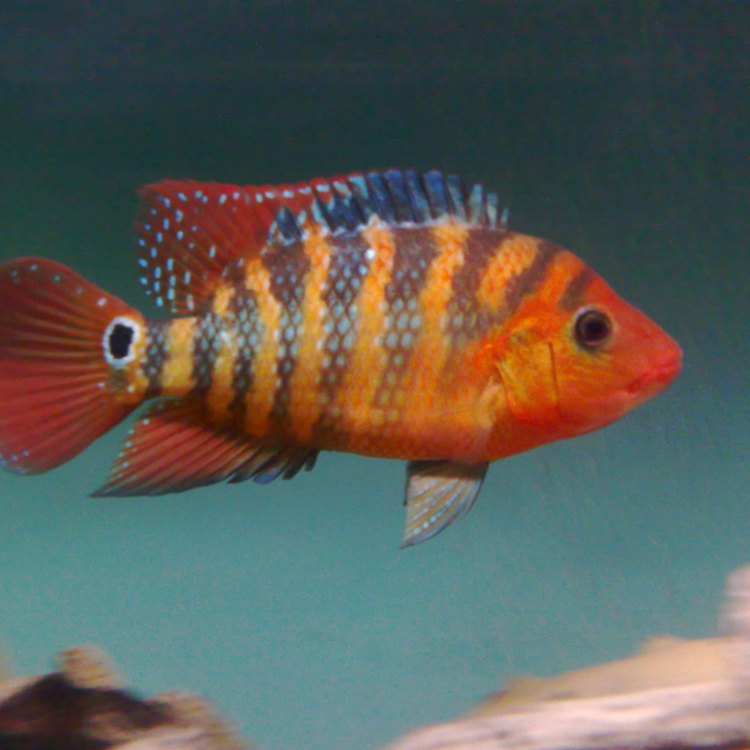
Mayan cichlid
- Adult Size: 20-30 cm (8-12 in)
- Average Lifespan: 5-8 years
- Reproduction: Egg laying
- Reproductive Behavior: Open substratum spawner
- Sound or Call: -
- Migration Pattern: Non-migratory
- Social Groups: Solitary
- Behavior: Aggressive and territorial
- Threats: -
- Conservation Status: Least Concern
- Impact on Ecosystem: Invasive species in some areas
- Human Use: Popular aquarium fish
- Distinctive Features: Prominent dark vertical bars on body
- Interesting Facts: Mayan cichlids can survive in a wide range of salinities, allowing them to inhabit both freshwater and brackish water environments.
- Predator: Other predatory fish
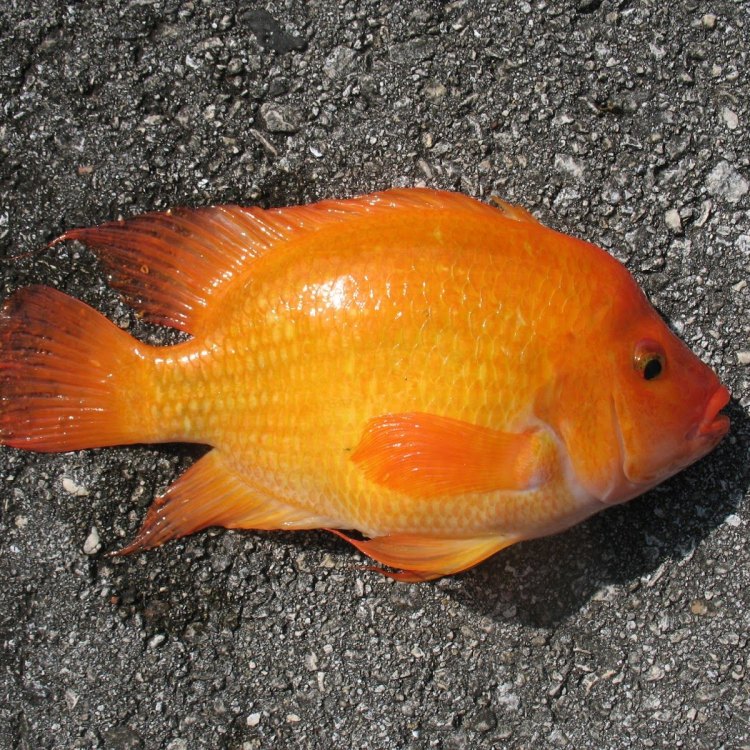
Mayan cichlid
Understanding the Implications and Intriguing Nature of the Mayan Cichlid
The world of aquatic animals provides a plethora of creatures that are fascinating, but few are as mysterious as the Mayan cichlid. This unique species, with its striking appearance and intriguing behaviors, has captured the attention of aquarists and researchers alike. From its aggressive nature to its adaptability, the Mayan cichlid is a noteworthy fish that warrants further understanding.In this article, we will delve into the distinctive features, interesting facts, and potential impact of this enigmatic fish on both its ecosystem and human use PeaceOfAnimals.Com. So, grab your scuba gear and let's dive deep into the world of the Mayan cichlid.
Origin and Physical Characteristics
The Mayan cichlid, scientifically known as "Cichlasoma urophthalmus," is a species native to Central America. It can be found in the Freshwater and brackish environments of Belize, Guatemala, Honduras, and Mexico.This elusive fish has an average adult size of 20-30 cm (8-12 in) and can live up to 5-8 years. The males tend to be slightly larger than females and have more vibrant colors. Its body is oval-shaped with a prominent dark vertical bar pattern, along with a distinctive mark at the corner of its mouth.
One of the most intriguing physical features of the Mayan cichlid is its ability to change color. When agitated or threatened, these fish can turn from a pale yellow to an intense red, adding to their already striking appearance.
Reproductive Behavior and Migration Patterns
Mayan cichlids are open substratum spawners, meaning they lay their eggs on a surface such as rocks, logs, or even the walls of aquariums Mallard. They are known to exhibit territorial and aggressive behavior during the breeding season, with males defending their nesting sites vigorously.Although non-migratory, studies have shown that Mayan cichlids can adapt to a wide range of salinities, allowing them to inhabit both freshwater and brackish water environments. They are highly adaptable, making them a successful invasive species in some areas where they have been introduced.
Social Groups and Behavior
In their natural habitat, Mayan cichlids are solitary fish. They are aggressive and territorial, often chasing away other fish from their designated areas. This behavior is especially prevalent during the breeding season, as males fiercely protect their nests.In aquariums, they can exhibit more social behaviors, often forming hierarchies with other fish of similar sizes. However, caution should be taken when introducing them to other fish, as their aggression can lead to the harm or death of smaller, more peaceful species.
Threats and Conservation Status
Currently, the Mayan cichlid is classified as "Least Concern" on the International Union for Conservation of Nature (IUCN) Red List. However, in some areas, this species has become a cause for concern.As an invasive species, the Mayan cichlid can impact the ecosystem by outcompeting native fish for resources and altering the balance of the food chain. It also has the potential to spread diseases to other fish species, further disrupting the ecosystem. In areas where this fish has been introduced, efforts are being made to control its population and prevent its expansion.
Human Use and Distinctive Features
The Mayan cichlid is a popular aquarium fish in the United States and is often labeled as the "Cuban cichlid" or "Orange terrors." Its adaptability, attractive appearance, and aggressive behavior make it an intriguing addition to any aquarium.In addition to being a popular aquarium fish, the Mayan cichlid also has distinctive features that set it apart from other fish in its environment. Its prominent dark vertical bars on its body make it stand out, adding to its appeal to aquarists.
Interesting Facts and Predators
Aside from its physical and behavioral characteristics, the Mayan cichlid also has some interesting facts that add to its mysterious nature. For example, despite being a freshwater fish, it has the ability to survive in a wide range of salinities, making it a successful invader in both freshwater and brackish environments.As a predator itself, the Mayan cichlid's main threats come from other predatory fish in its environment, such as the largemouth bass and alligator gar. These larger fish see the Mayan cichlid as prey, leading to a constant battle for survival.
The Enigma of the Mayan Cichlid
In conclusion, the Mayan cichlid is a fish that is both intriguing and mysterious. Its adaptable nature, aggressive behavior, and striking appearance make it a notable species in the world of aquatic animals. While there may be concerns surrounding its impact on certain ecosystems, the Mayan cichlid's unique characteristics make it a noteworthy addition to any aquarium or research study.As we continue to learn more about this enigmatic fish, we are reminded of the vast and wondrous world that exists within our oceans and freshwater bodies. Next time you spot a Mayan cichlid, take a moment to observe its distinct features and appreciate its intriguing nature. Who knows what other secrets this fascinating fish may hold?
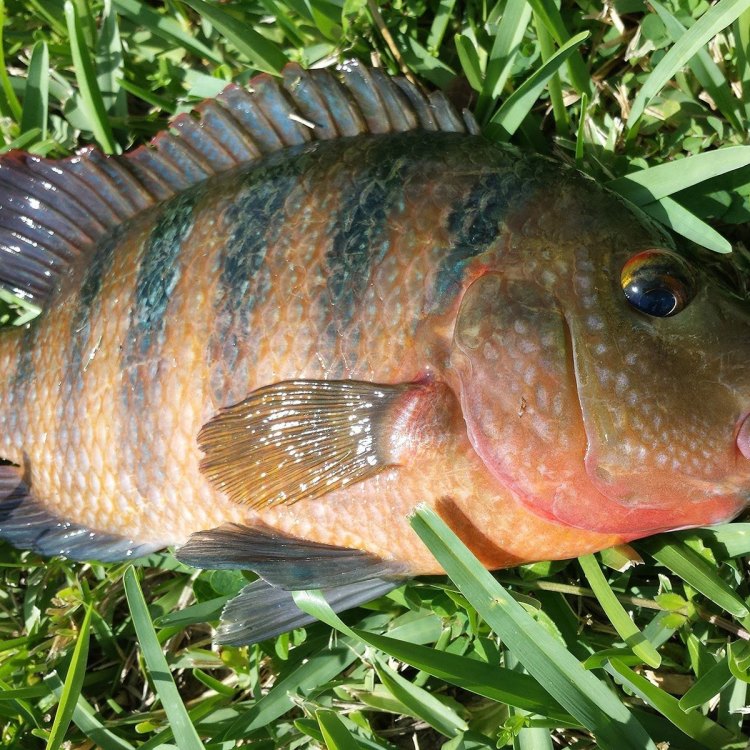
The Colorful Mayan Cichlid: A Vibrant Addition to Your Aquarium
Disclaimer: The content provided is for informational purposes only. We cannot guarantee the accuracy of the information on this page 100%. All information provided here may change without prior notice.


